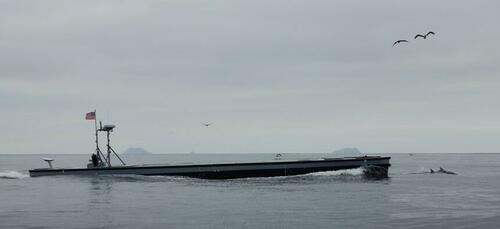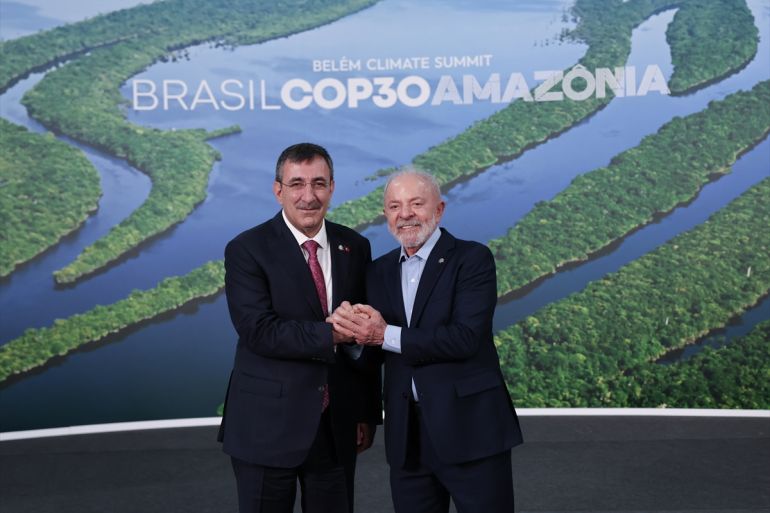US Marines Develop ‘Narco Subs’ for Potential China Conflict

The United States Marine Corps is testing new unmanned vessels inspired by the design of low-profile “narco subs” used by drug traffickers. These vessels, known as the **Autonomous Low-Profile Vessel (ALPV)**, are being developed with a focus on enhancing logistical capabilities in the **Indo-Pacific theater**. The **Sea Specter**, a prototype manufactured by **Gibbs & Cox**, a subsidiary of **Leidos**, is currently undergoing trials by the **II Marine Expeditionary Force**.
Jeff Bowles, chief engineering officer at Gibbs & Cox, acknowledged the influence of narco submarines on the design but emphasized that the Sea Specter is engineered for military use. “Narco subs are dirty. They’re dangerous. They’re not engineered. But in principle, their mission is the same — move a large volume of cargo with minimal chance of being observed,” Bowles stated in an interview with **Defense One**.
As the landscape of military operations shifts, the United States is preparing for potential conflicts with near-peer adversaries, particularly **China**. The traditional focus on counterinsurgency operations has given way to a need for more discreet logistical solutions. Bowles explained that using large, easily detectable vessels for resupply missions could compromise troop positions.
The Sea Specter measures **65 feet** in length and features an above-water profile of just a couple of feet, making it difficult to detect. Its command and control system is provided by **Sea Machines Robotics**, and it is equipped with sensors that enable it to survey an area about **5 to 7 miles** ahead. The vessel can carry up to **5 tons** over a distance of **2,300 nautical miles** at a speed of **8 knots**, making it suitable for various logistical tasks.
To contextualize the range of the Sea Specter, it is approximately a **1,500-mile** journey from the United States’ logistics hub on **Guam** to the **Philippines**. Bowles suggested that in a wartime scenario, the Marines could deploy multiple vessels to facilitate supply runs, potentially accepting the loss of some to enemy action.
While the current focus of the ALPV program is on logistics, Bowles posited that the Sea Specter could serve additional roles. Its endurance allows it to remain in a designated area for extended periods, which could facilitate communication or surveillance. “You could line these up to look for human trafficking or any type of people encroaching on U.S. territory,” he noted.
Currently, the Sea Specter is constructed from wood, but Bowles indicated that the long-term goal is to transition to more durable materials such as fiberglass, aluminum, or steel, in preparation for high-volume production.
The emergence of robotic supply vessels raises concerns beyond logistical capabilities. As China advances its own military technology, including humanoid robots for battlefield deployment, the implications of such developments continue to provoke discussion both within and outside the region. The potential for autonomous systems to operate in conflict scenarios underscores the evolving nature of warfare and the critical need for robust defense strategies.






